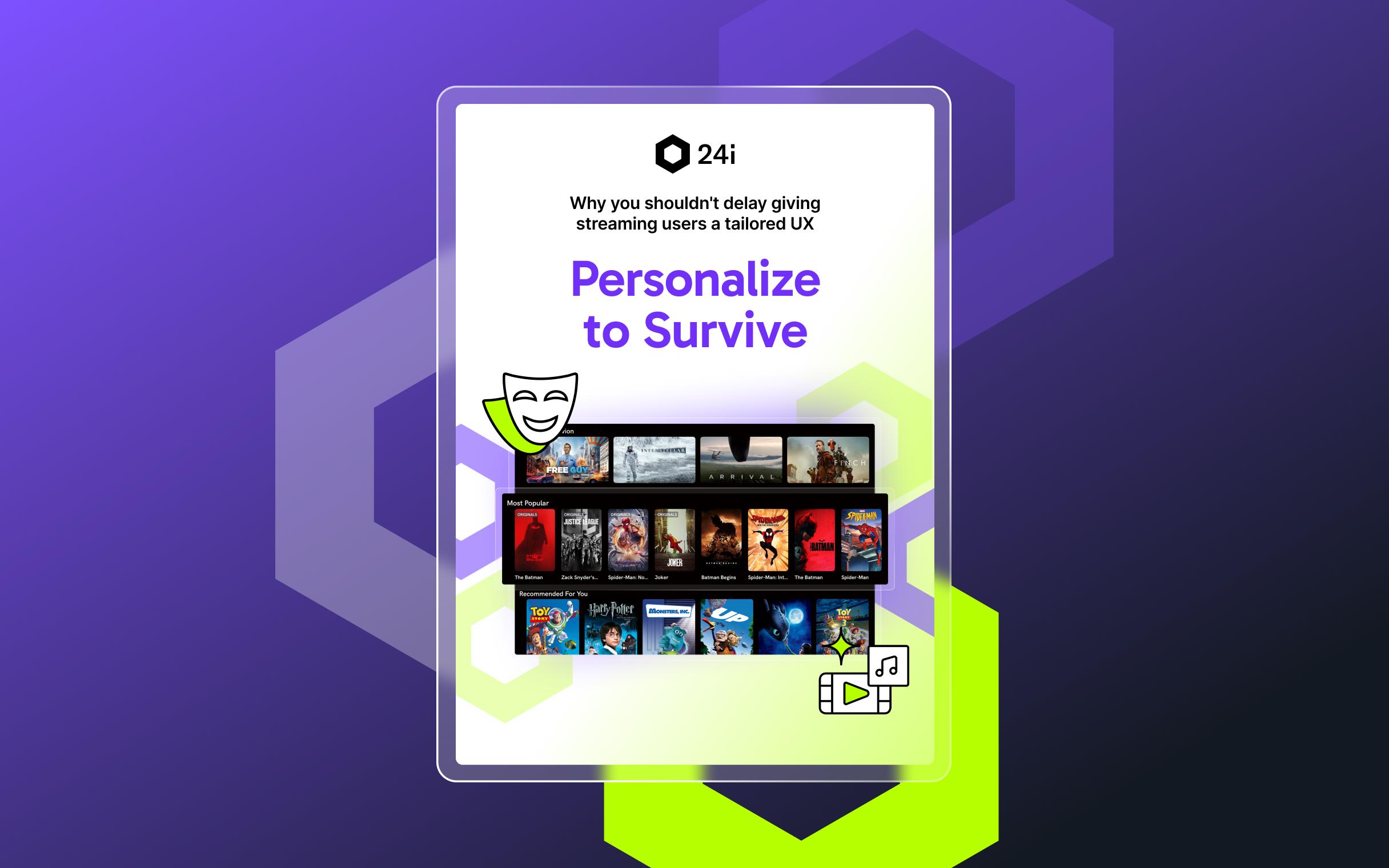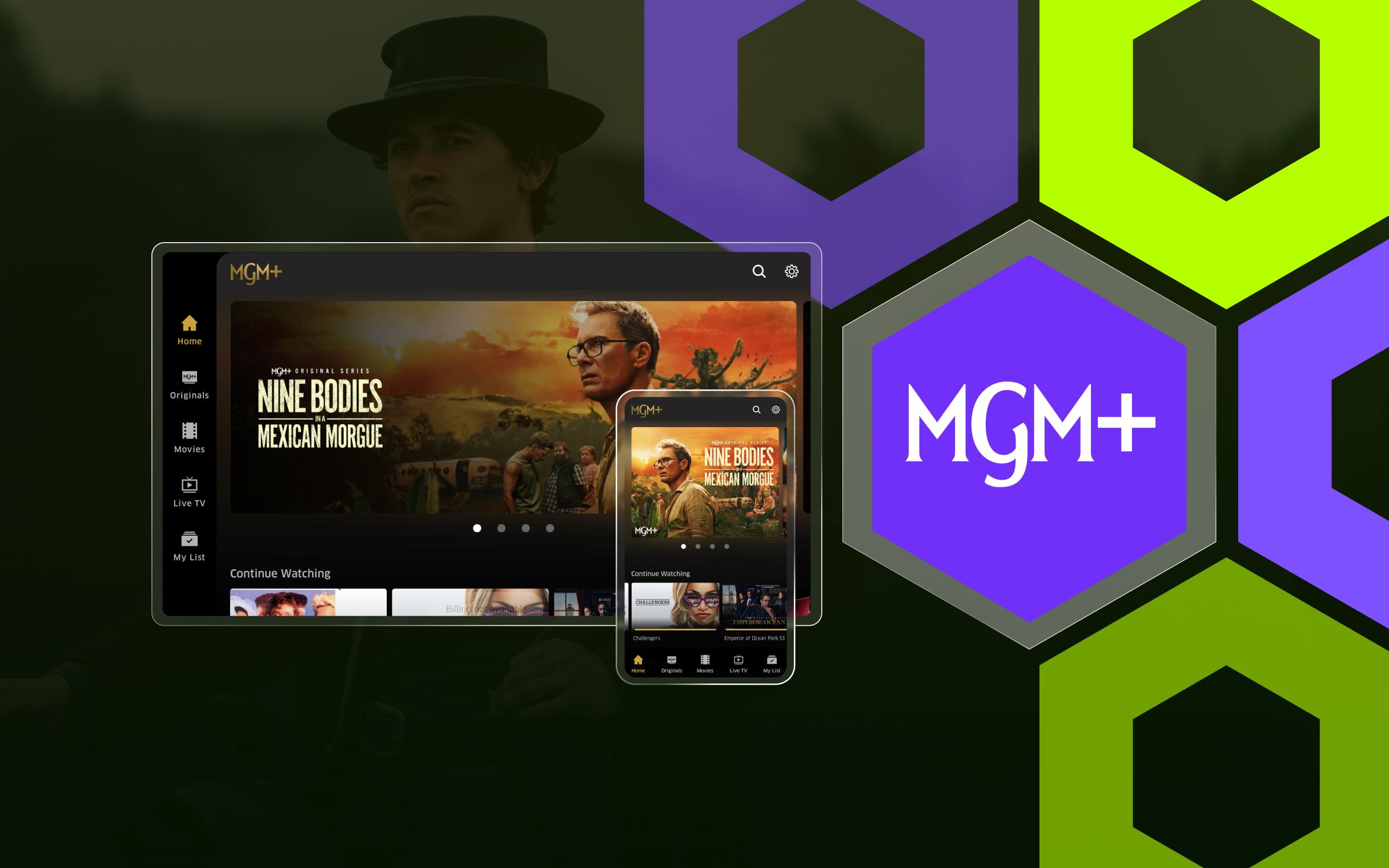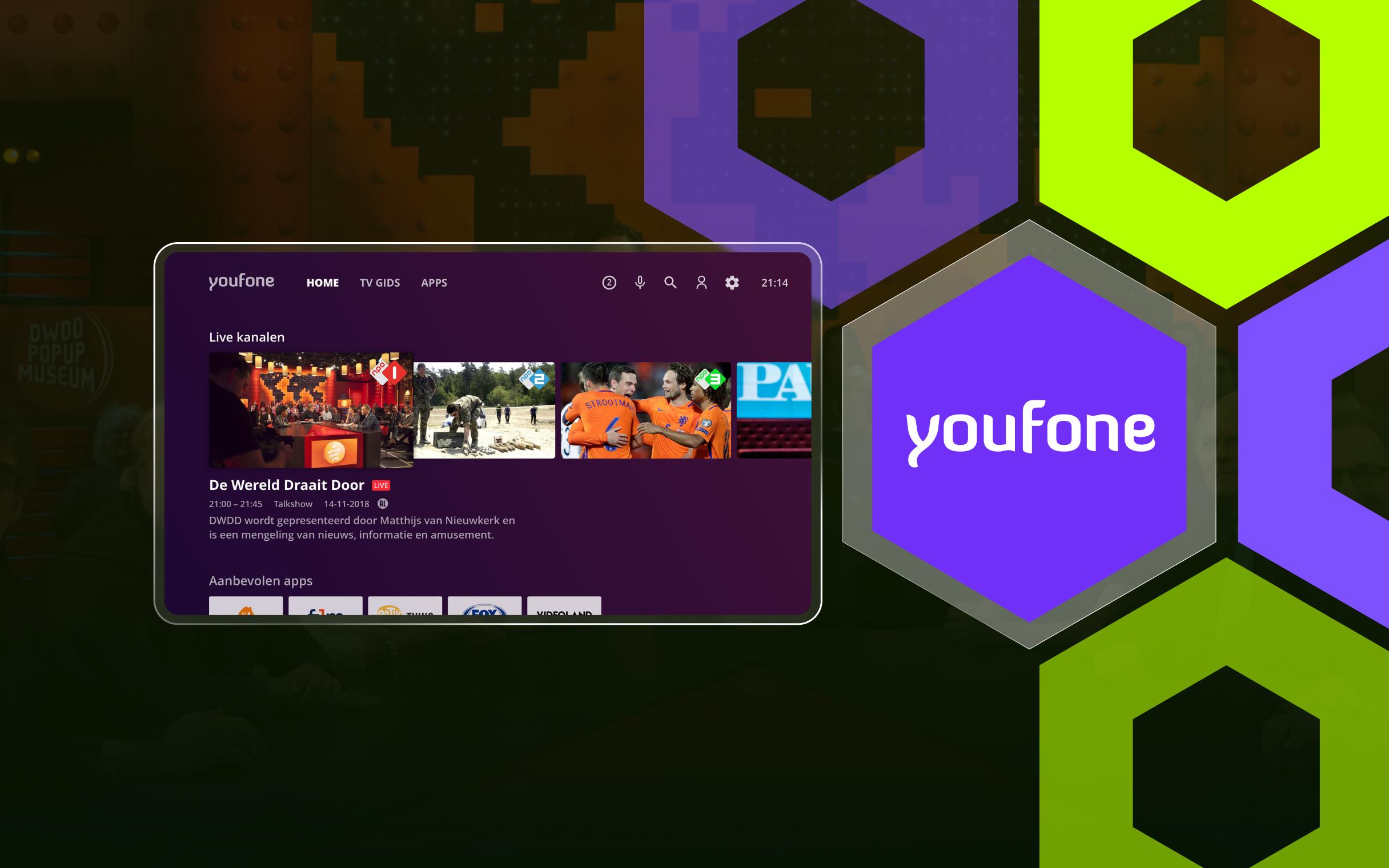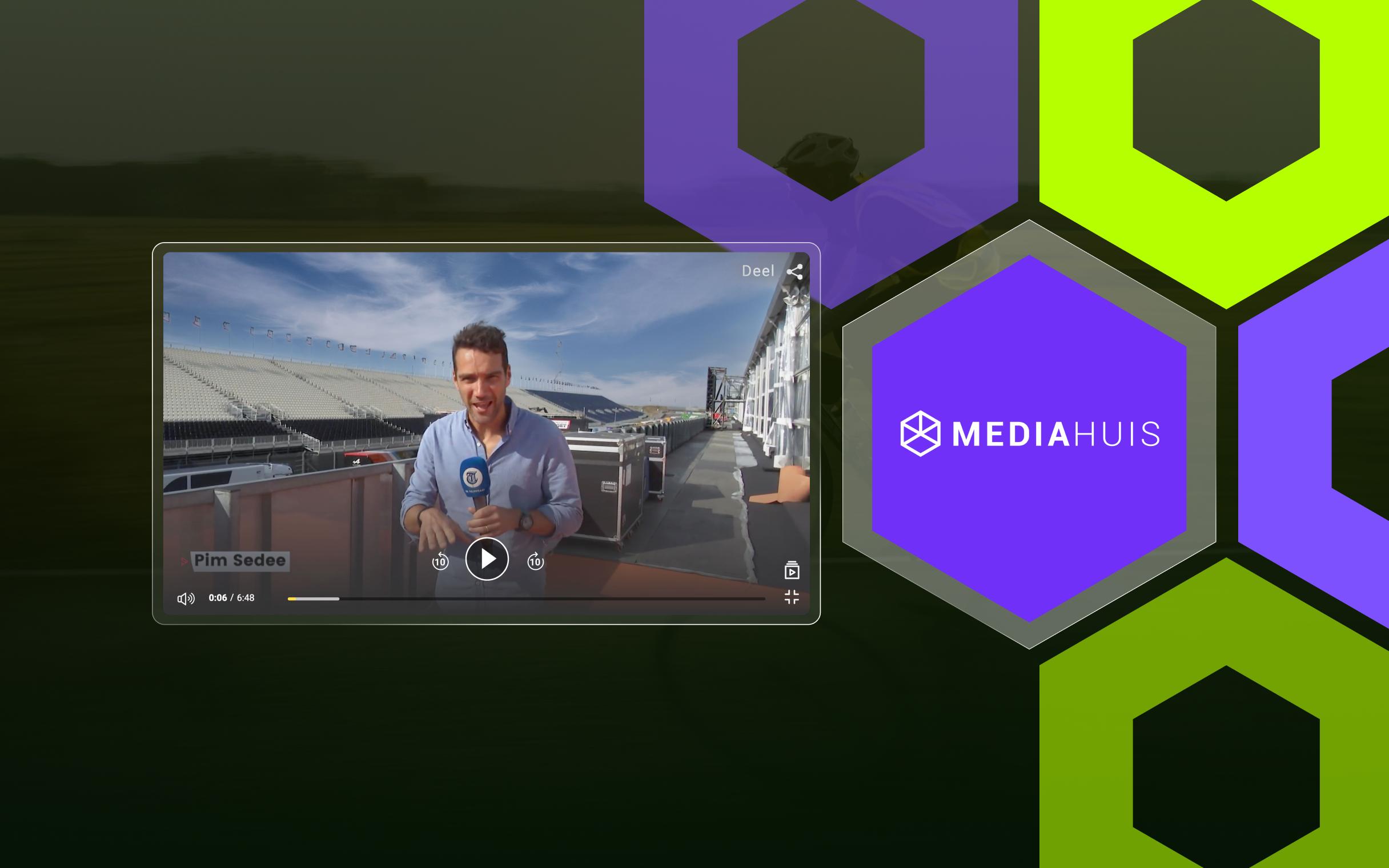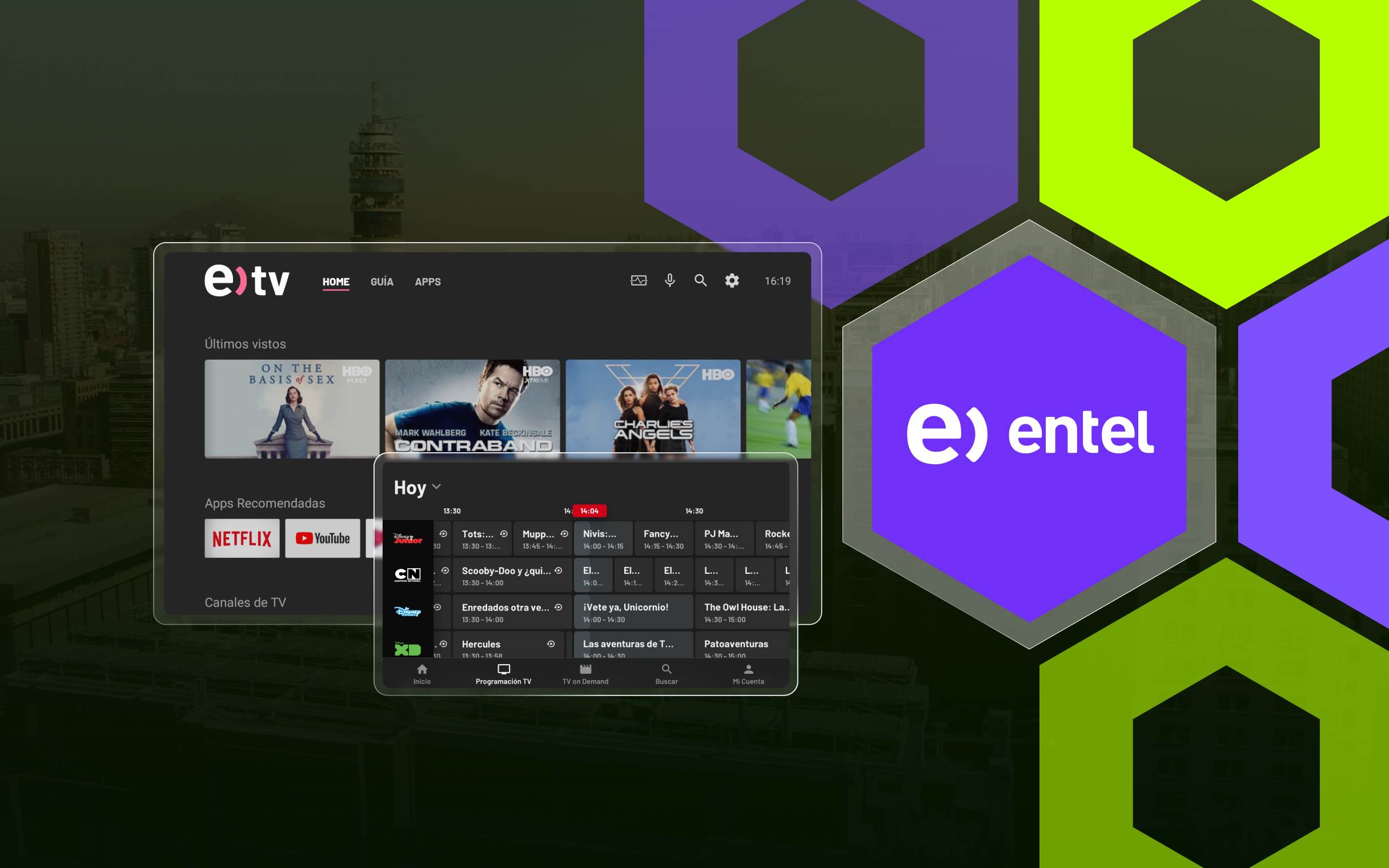Resource Hub
Insights For Every Screen.
Stories, articles, announcements and everything you need to know.

Quick jump to a resource
Latest
Blogs

Blog
OTT
Pay TV
Broadcasters
The Importance of a Good Data Intelligence Model for Streaming Services: Reducing Churn
A strong data intelligence model is essential for reducing churn in today’s competitive streaming landscape.

Blog
OTT
Pay TV
Broadcasters
The Power of Data Insights: Personalizing the User Journey
Personalization is the new key to streaming success. See how data insights and AI from 24i create tailored experiences that drive loyalty and monetization.

Blog
OTT
Unlock Hidden Ad Revenue in Streaming with Enhanced Metadata
Enhanced metadata and attribution are transforming OTT monetization. Discover how 24i Video Cloud helps streaming providers boost ad revenue, increase CPMs, and deliver smarter, more personalized ad experiences without sacrificing user engagement.

Blog
OTT
Pay TV
Broadcasters
Smarter Monetization, Deeper Personalization: See 24i in Action at IBC 2025
Ready to reimagine streaming? Visit 24i at IBC 2025. See how our Video Cloud helps you launch faster, personalize with AI & monetize smarter.
Events
Knowledge Base


Knowledge Base
OTT
Broadcasters
Pay TV
Streaming Glossary: All the Essential Terms You Need to Understand Streaming
Streaming Glossary: All the Essential Terms You Need to Understand Streaming


Knowledge Base
Blog
OTT
Broadcasters
Pay TV
AVOD 101: Everything You Need to Know About Advertising Video on Demand
24i's comprehensive guide to AVOD, including how it works and its monetization strategies. Learn why Advertising Video on Demand is rising in streaming.
AVOD 101: Everything You Need to Know About Advertising Video on Demand
24i's comprehensive guide to AVOD, including how it works and its monetization strategies. Learn why Advertising Video on Demand is rising in streaming.


Knowledge Base
Blog
OTT
What Is D2C? A Guide to Direct-to-Consumer Video Streaming Success
24i's comprehensive guide to D2C video streaming, including industry trends and strategies for building a direct and sustainable content ecosystem.
What Is D2C? A Guide to Direct-to-Consumer Video Streaming Success
24i's comprehensive guide to D2C video streaming, including industry trends and strategies for building a direct and sustainable content ecosystem.
Better Streaming
Starts Here.
Partner with 24i to create experiences your audiences will love — across every screen, at any scale.






















